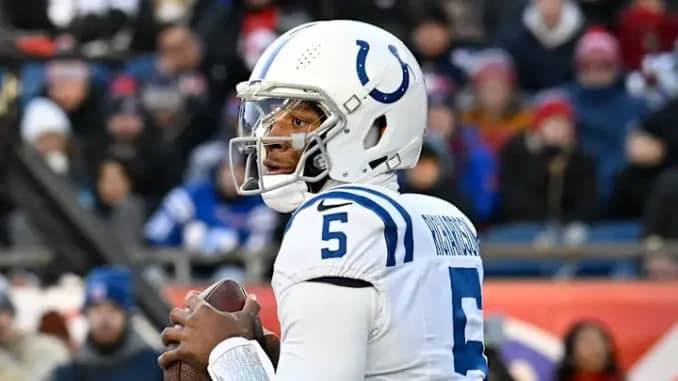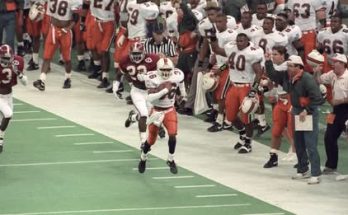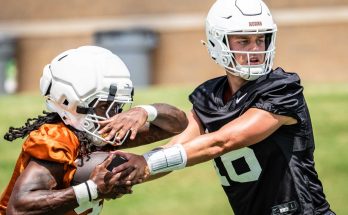When the Indianapolis Colts selected Anthony Richardson, they knew they were getting a rare athletic talent who still needed refinement. While injuries have limited his opportunities, Richardson has shown flashes reminiscent of Michael Vick.
He’s clearly a quarterback first, but he’s unlikely to ever thrive solely as a pocket passer. Like Vick, just because he’s not a traditional passer doesn’t mean he can’t be successful.
Now, the Colts face a key decision: should they focus on developing Richardson into a better passer, or should they double down on his natural ability to make plays with his legs?
Of course, Richardson must be able to throw the ball effectively—there’s no getting around that. His 47.7% completion rate simply isn’t good enough. He needs to improve, but the question is, how much? If he can boost that number to around 53% and refine other parts of his game to help the team win, is that sufficient? And if so, how much energy should the coaching staff spend trying to boost his passing? Head coach Shane Steichen hasn’t fully committed to making Richardson a run-first quarterback.
While they leaned into his rushing ability at times last season, it wasn’t the primary focus. Given his injury history, it’s reasonable to be cautious with exposing him to hits. Still, Richardson wasn’t drafted to be a pocket technician—he was brought in because of his extraordinary athleticism. Not taking advantage of his speed, size, and power would be a mistake.
That’s why leaning into his rushing skills might be the smartest approach. Design plays that allow him to take off. It puts defenses in a tough spot, trying to account for both Jonathan Taylor and Richardson in the run game, while also respecting his passing threat.
Richardson’s strengths lie in his athleticism, speed, and ability to evade pressure—not in precision passing. The key is teaching him how to run smart: slide when needed, get out of bounds, avoid contact, and protect his body. That’s where coaching can make a big difference—helping him maximize his natural gifts without putting himself at unnecessary risk.
Ultimately, Richardson does need to develop as a passer. His current numbers won’t cut it in the NFL. But the encouraging part is that he doesn’t need to become elite through the air. A modest bump in accuracy, paired with a game plan built around his unique physical tools, could be enough.
Get him moving in space, let him create chaos for defenses, and give him the freedom to attack in multiple ways. We saw a glimpse of that against the Texans in his rookie season. If the Colts can tap into that potential and manage it wisely, they may just have something special.



